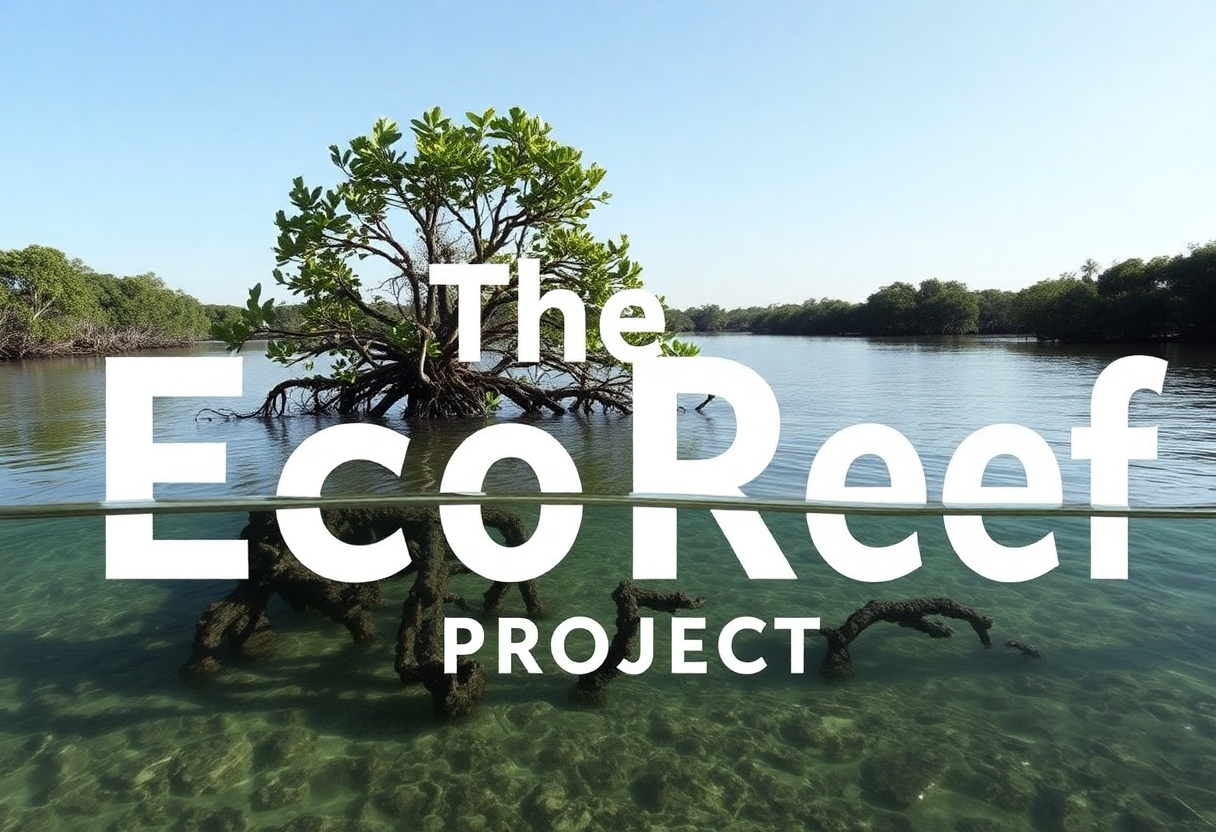The Antarctic Treaty System Ultra Powerful Change 65 Years Ago

A Model for International Environmental Cooperation
On December 1, 1959, a landmark agreement known as The Antarctic Treaty was signed, marking the beginning of an unprecedented international effort to preserve one of the world’s most fragile ecosystems. Today, we celebrate the anniversary of this monumental pact, which remains a cornerstone of environmental protection and international diplomacy.
What is The Antarctic Treaty System?
The Antarctic Treaty System (ATS) is a collection of agreements that regulate international relations and activities in Antarctica, a unique and remote continent dedicated to peace and scientific discovery. The primary treaty, signed in Washington D.C. by 12 countries (including the United States, the Soviet Union, and the United Kingdom), entered into force on June 23, 1961. The ATS has since expanded to include various additional agreements and protocols, such as the Convention for the Conservation of Antarctic Marine Living Resources (CCAMLR) and the Protocol on Environmental Protection to the Antarctic Treaty, often referred to as the Madrid Protocol.

Key Provisions of the Treaty
Demilitarization
One of the most groundbreaking aspects of the Antarctic Treaty is its complete prohibition of military activity on the continent. This includes the establishment of military bases, the testing of any type of weapon, and any military maneuvers. By designating Antarctica as a zone of peace, the treaty ensures that the continent is used exclusively for peaceful purposes and scientific research. This provision is particularly significant, given the historical context of the Cold War during which the treaty was signed.
Scientific Cooperation
The treaty emphasizes the importance of scientific research in Antarctica and promotes international cooperation. It guarantees freedom of scientific investigation and mandates that research findings be made freely available to the international community. This spirit of openness has led to significant advancements in our understanding of the Earth’s climate, glaciology, and marine ecosystems. The Antarctic Treaty Consultative Meetings (ATCM) provide a forum for parties to discuss and coordinate their scientific efforts, ensuring a collaborative approach to research.
Environmental Protection
The ATS includes several provisions dedicated to preserving the unique environment of Antarctica. The Protocol on Environmental Protection, adopted in 1991, designates Antarctica as a “natural reserve, devoted to peace and science.” This protocol establishes comprehensive measures to protect the continent’s ecosystems.

Waste Management
Regulations on waste disposal ensure that all waste is removed from Antarctica or treated to minimize environmental impact. This includes guidelines for managing sewage, chemical waste, and old infrastructure.
Non-native Species
Strict controls are in place to prevent the introduction of non-native species, which could disrupt the fragile Antarctic ecosystems. This includes regulations on the importation of food, plants, and animals.
Environmental Impact Assessments (EIAs)
All activities in Antarctica must undergo an environmental impact assessment to ensure they do not have significant adverse effects on the environment. This includes scientific research, tourism, and logistical support operations.

Importance to the Environment
The ATS has played a crucial role in preserving the pristine environment of Antarctica, which is home to a unique array of wildlife, including penguins, seals, whales, and a vast number of marine species. The continent’s ice sheets contain around 70% of the world’s fresh water, making it vital to global sea levels and climate regulation.
By limiting human activity and ensuring stringent environmental protection measures, the ATS helps mitigate the impact of climate change on this vulnerable region. Antarctica’s ice cores provide invaluable climate data, enabling scientists to study long-term climate patterns and understand the effects of global warming. This data is critical for developing models to predict future climate change and for informing global policy decisions.
Furthermore, the CCAMLR, which entered into force in 1982, is specifically aimed at conserving marine life in the Southern Ocean surrounding Antarctica. This agreement ensures that commercial fishing activities are conducted in a sustainable manner, safeguarding the health of the marine ecosystem and the species that depend on it.
Celebrating the 65th Anniversary of The Antarctic Treaty System
In 2024, we mark the 65th anniversary of The Antarctic Treaty System, a testament to the enduring spirit of international cooperation and environmental stewardship. Each year on December 1st, the global polar community celebrates Antarctica Day to honor this historic agreement. This year’s anniversary is particularly special as it highlights the continued relevance and success of the treaty in preserving one of the world’s most pristine environments.
To commemorate this milestone, various events and activities are planned within the Scientific Committee on Antarctic Research (SCAR) and the broader community. These include conferences, workshops, and public outreach initiatives aimed at raising awareness about the importance of Antarctic conservation and scientific research. The launch of a new Bluesky account by SCAR will also provide updates, insights, and resources to keep the community connected and informed.
As we reflect on the past 65 years, we are reminded of the treaty’s significant achievements in promoting peace, scientific discovery, and environmental protection in Antarctica. The continued commitment of the international community to these principles ensures that Antarctica remains a sanctuary for future generations and a symbol of what can be achieved through collective action.

The Impact on Now and the Future
The Antarctic Treaty System has not only preserved the unique environment of Antarctica but also set a precedent for international environmental governance. In an era of growing environmental challenges, the principles established by the ATS are more relevant than ever.
Climate Change Research
Antarctica plays a critical role in understanding global climate change. The data collected from ice cores, atmospheric studies, and oceanographic research in the region has been invaluable in modeling future climate scenarios. As climate change continues to accelerate, the importance of preserving Antarctica as a site for scientific research cannot be overstated.

Biodiversity Conservation
The strict environmental protections under the ATS help maintain the biodiversity of the region. By preventing overfishing and regulating human activity, the treaty ensures that the delicate balance of Antarctic ecosystems is preserved. This is crucial not only for the species that inhabit the continent but also for global biodiversity.
Global Environmental Policies
The ATS serves as a model for other international agreements aimed at environmental conservation. Its success demonstrates the effectiveness of multilateral cooperation in addressing global challenges. The principles of the ATS can be applied to other regions and environmental issues, promoting a more sustainable and cooperative approach to global governance.
Educational and Public Engagement
The Antarctic Treaty has also fostered a sense of global citizenship and environmental awareness. Educational programs and public outreach initiatives inspired by the treaty help raise awareness about the importance of preserving our planet. This engagement is vital for building a future where environmental conservation is a shared priority.

Future Challenges and Opportunities
As we look to the future, the ATS will face new challenges, including the potential impacts of increased human activity and climate change. However, the framework established by the treaty provides a strong foundation for addressing these challenges. By continuing to prioritize scientific research, environmental protection, and international cooperation, the ATS will remain a crucial tool for safeguarding Antarctica.
The Antarctic Treaty System stands as a beacon of hope and a testament to what can be achieved when nations unite for a common cause. Its success over the past 65 years underscores the importance of international cooperation in addressing global environmental challenges. As we celebrate this milestone anniversary, we are reminded of our collective responsibility to preserve the unique and fragile continent of Antarctica for future generations.

Conclusion
The Antarctic Treaty System stands as a powerful testament to what can be achieved when nations come together for a common cause. For 65 years, it has safeguarded one of the world’s most pristine environments, promoting peace, scientific discovery, and environmental stewardship. As we commemorate this milestone anniversary, we are reminded of the enduring relevance of the ATS and the critical role it plays in protecting Antarctica for future generations. Its legacy inspires us to continue our efforts in global cooperation and environmental conservation.
Join the Discussion
As we celebrate the 65th anniversary of The Antarctic Treaty System, we invite you to join the conversation and share your thoughts on this remarkable international agreement. How do you think the ATS has impacted global environmental policies? What future challenges do you foresee for Antarctica, and how can we address them?













































